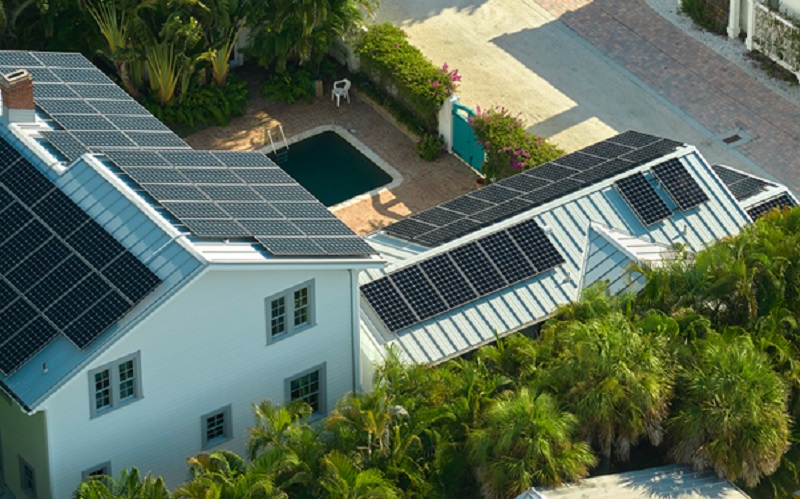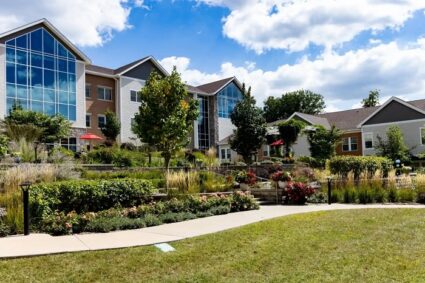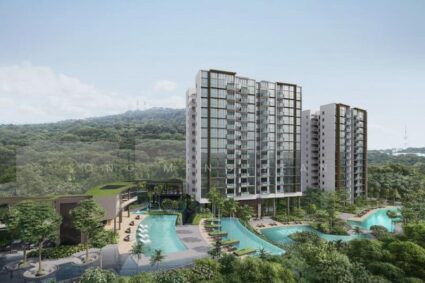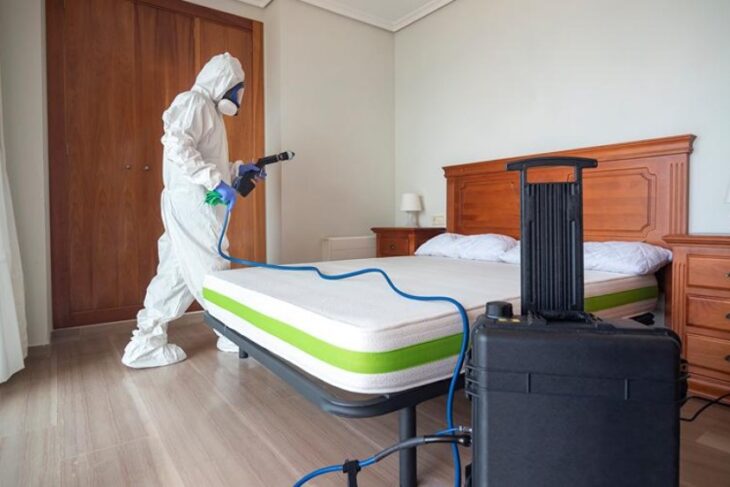
As Singapore moves toward sustainable living, solar energy has become a growing part of residential and commercial power systems. More households are exploring whether switching to solar panels is financially viable. To make an informed decision, it is essential to understand the cost structure, expected savings, and long-term value of installing solar panel systems. This article offers a practical financial breakdown to help homeowners and business owners evaluate real solar energy costs.
Initial Investment in Solar Panel Systems
The first expense to consider is the upfront cost of installing a solar panel system. In Singapore, the installation cost varies depending on the size of the property, system capacity, and structural requirements. For a typical landed home, the cost can range from SGD 10,000 to SGD 30,000 for a complete setup, including panels, inverters, cabling, and installation services. Larger systems for commercial use tend to cost more due to higher power demands and broader surface area coverage.
Roof Structure and Installation Considerations
The structure of the roof affects installation costs. Flat roofs may require mounting frames to achieve the proper panel angle, while tiled or metal roofs may need specific adjustments to support the system. These modifications add to labour and material costs. Some buildings may also require structural assessments before installation, especially older properties. These hidden costs should be included in budget planning to avoid unexpected expenses during the project.
System Size and Energy Usage
The size of the system directly impacts both cost and potential savings. A 5-kilowatt system, for example, can meet the energy needs of a small household and is less costly than a larger 10-kilowatt system designed for heavy usage. Providers from a Solar panel in Singapore usually recommend a system size based on monthly electricity consumption. Installing a system that aligns with your usage helps maximise efficiency without overpaying for unused capacity.
Government Support and Incentives
While Singapore does not currently offer subsidies for residential solar panel installations, businesses and larger developments may benefit from schemes under national sustainability initiatives. These include rebates, tax incentives, or grid export options through the Enhanced Central Intermediary Scheme. Selling excess energy back to the grid can reduce the payback period, but availability depends on your electricity provider and system setup.
Long-Term Savings on Electricity Bills
One of the biggest financial advantages of solar energy is the reduction in monthly electricity bills. A solar panel system can lower energy costs by up to 50{2c2c89c00c1aa6709c6e9355826398a19fe10b24a72279a5e1e1f93333f302b7} depending on usage patterns and system efficiency. In some cases, particularly for large households, the savings can offset the initial cost within five to eight years. Once the system is paid off, future savings directly reduce household or operational expenses.
Maintenance and Operating Costs
Solar panel systems require minimal maintenance, but they are not entirely maintenance-free. Panels should be cleaned periodically to maintain efficiency, and inverters may need replacement after 10 to 15 years. Annual inspections can help detect performance issues early. On average, maintenance costs are low, estimated at around SGD 100 to SGD 200 per year. Factoring in these minor costs is essential for a full financial overview.
Learn More: How Solar Panels Work: Understanding Photovoltaic Cells
Lifespan and Return on Investment
Modern solar panels typically last 25 years or more. Over this lifespan, the system can produce significant long-term savings. When calculating return on investment (ROI), it is helpful to divide the total cost of installation by annual electricity savings. Most homeowners in Singapore achieve break-even within a decade, after which the system begins to generate net savings. This makes solar energy a financially sustainable option for long-term property owners.
Impact of Rising Electricity Prices
Electricity rates in Singapore have seen gradual increases in recent years. As tariffs rise, the savings generated by solar energy become more pronounced. Installing a solar panel system today may protect users against future cost hikes. While exact savings depend on usage and system performance, rising utility prices generally strengthen the financial case for switching to solar energy.
Environmental Impact Adds Value
Although this article focuses on financial analysis, it is worth noting that solar energy provides environmental benefits that may appeal to eco-conscious consumers. Reducing reliance on fossil fuels and lowering carbon emissions can also be seen as part of long-term value, especially for businesses aiming to meet sustainability goals or green building standards.
Making a Cost-Effective Decision
Ultimately, understanding the cost of solar energy requires a full view of installation, usage, maintenance, and projected savings. While the upfront cost may seem high, the long-term reduction in utility bills and minimal maintenance make the investment worthwhile for many. Evaluating system size based on actual consumption, roof suitability, and potential incentives helps in creating a realistic financial plan.
For more information about solar energy, contact Perry Management Clean Energy today.





















